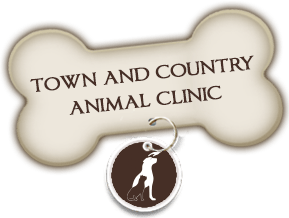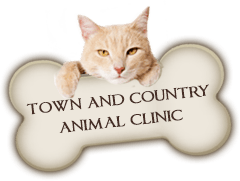Love should never be judged on how “good” we are to our pets by overfeeding and overindulging them. Rather, it should be judged on how we care for them.
What is Obesity?
Obesity (overweight) is a real disease and is almost always caused by overeating. Too much food and too little exercise. Metabolic, hormonal or “glandular” problems are extremely rare and can often be corrected by medical means in addition to diet control. Incidence of disease in obese pets is alarming.
Why Should I Be Concerned If My Pet Is Overweight?
- Cardiovascular disease is the most serious potential complication of excess weight. Excess weight around the heart will raise blood pressure, decrease the functional capacity of the heart and reduce cardiac output and circulation. The chance of heart and circulatory disease in an overweight animal increases up to 75%.
- Reproductive disorders – increases up to 65%
- Musculoskeletal disease – increases up to 54%
- Cancers – increases up to 50%
- Skin conditions – increases up to 40%
Obesity also seems to increase susceptibility to viral and bacterial infections. Why this happens is not known, but there is apparently some relationship between excess fat and the immune system. Further, fat can surround or infiltrate abdominal organs and affect their function. Enlargement of the liver can be particularly serious.
Finally, should your pet require an anesthetic or surgery, the effects of fat can be profound. Large amounts of fat can result in anesthetic being stored longer in your pet’s system and being released more slowly. This results in a much slower recovery from anesthesia. Surgery becomes much more difficult because the layers of fat which must be cut through to reach the surgical site. There may also be more bleeding , and a bleeding blood vessels can be more difficult to find if it retracts into the fat. Fat also results in much more exposed tissue surface, increasing the possibility of infection and slow the healing process.
How Can I Tell If My Pet Is Overweight?
At least 10% of cats and 25 to 44% of dogs are overweight.
With few exceptions, the ideal weight for an average healthy adult domestic cat is 8 to 10 lbs.
The ideal weight for a dog depends greatly upon the breed, bone structure, and muscle tone of each individual. An obese dog usually looks “blocky” and has very little recognizable rib and spinal structure. When on feels the rib cage or the lower back of a normal dog, it should be relatively easy to feel the shape of the ribs and the spinal bone structure. The lower spine should be covered with only a minimum pad of fat, although middle-aged and older female dogs do tend to develop “fat pads” on their hips which can confuse the issue.
Some breeds are more prone to obesity than others. Beagles and Daschunds tend to easily become overweight. Pet owners should be even more vigilant with these particular breeds.
What Should I Do If My Pet Is Overweight?
Admitting to yourself that your pet is obese is the first step. Accepting responsibility for the condition is next.
A dog or cat that consumes only 1% more calories than needed on a daily basis, will be 25% overweight by middle age. It is important that every weight loss program should be tailored to the individual pet after consultation with your veterinarian who will first determine that there is no medical reason for the excess weight.
Because most obese dogs get very little exercise and have a low tolerance for it, the amount of exercise should be limited at first and gradually increased as weight is lost and muscle tone improves.
It is also necessary to obtain cooperation from every member of your family. Lack of total commitment will only bring frustration and disappointment.








